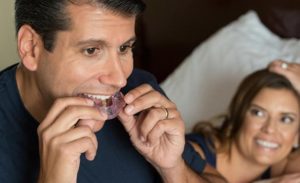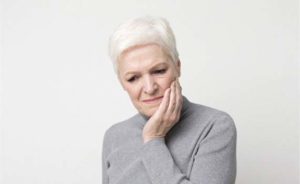
In an online report I recently read in a journal that was forwarded to me by a patient, they listed 9 “healthy” habits that they claim are a waste of time. Three of them had to do with oral health. Let’s take a look.
The first on the waste of time list was to see your dentist twice per year. I have seen this reported somewhere else in the media recently. According to the authors, close to 30 studies have apparently found no conclusive evidence supporting a need to see a dentist every 6 months. They went on to say, “If your teeth and gums are healthy, once per year is enough to catch developing… (Read More)



